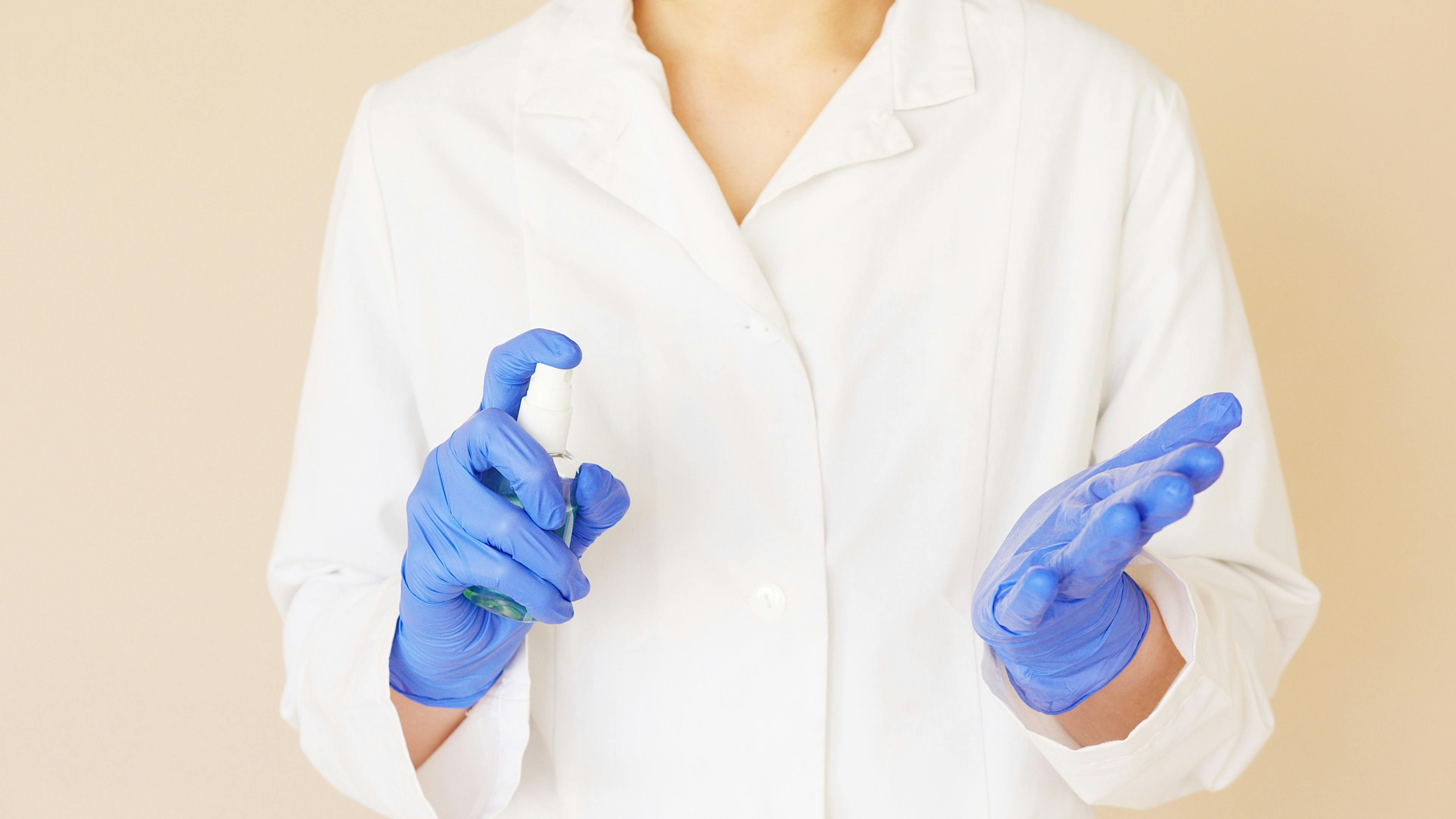Cleaning a distiller is an important part of maintaining the performance and quality of your distillation system. Taking the time to properly clean your distiller will ensure that it operates at peak efficiency and yields the best-tasting results. In this guide, we’ll explain what a distiller is and how to clean it so that you can get the most out of your distilling setup.You will need a soft cloth, a scrub brush, a bottle brush, white vinegar, baking soda, and distilled water to clean a distiller. You can also use other gentle cleaning solutions such as diluted lemon juice or mild liquid dish detergent. Make sure to rinse the distiller thoroughly after cleaning.
Preparing The Distiller For Cleaning
Cleaning your distiller regularly is an important part of maintaining it. To ensure you get the best quality water, you’ll need to clean your distiller at least once a month. Before you begin, make sure to unplug the power cord and remove any parts that are not meant to be submerged in water. Be sure to check for any debris or build-up on the inside of the machine and remove it with a damp cloth. Once all parts have been removed, fill the distiller with one-half gallon of white vinegar and one-half gallon of tap water. This mixture will help dissolve any mineral deposits that may be present in the machine.
Next, place the lid back on the distiller and turn on the power switch. Allow the mixture to heat up until it begins to boil; this should take about 10 minutes. As it boils, it will release steam; be sure to keep your face away from this steam as it can cause burns if inhaled directly. Once boiling has stopped, turn off the power switch and allow the mixture to cool for an hour before emptying out all contents into a sink
Disassembling The Distiller
Disassembling a distiller is an important part of its maintenance. It allows you to clean the internal parts of the distiller and replace any components that may be worn out or damaged. The first step in disassembling a distiller is to unplug it from the power source. Once unplugged, you can begin taking it apart. Start by removing the top lid and then unscrewing the filter housing, and the internal components such as the condenser and evaporator. After that, unscrew the base plate and remove all screws from the bottom of the unit. You may need to use a screwdriver for some of these steps.
Once all screws are removed, you should be able to lift off the entire top half of the distiller and access its internals. Carefully inspect each component for any signs of wear or damage, such as cracks or corrosion. If any components need to be replaced, make sure to purchase genuine replacement parts that are compatible with your model of distiller. Once all components have been inspected and/or replaced, reassemble your distiller in reverse order – start with reatt
Cleaning the Parts of a Distiller
Distillers are a great way to make high-quality drinking water, but it is important to keep them clean in order to ensure that your water is safe and free from contamination. Cleaning the parts of a distiller is an important part of the maintenance process that should be done on a regular basis. Here is what you need to do in order to keep your distiller clean and running smoothly:
The first step in cleaning a distiller is to remove any scale buildup on the heating element. This can be done by using an acid-based cleaner, such as vinegar or lemon juice, and applying it directly to the heating element with a soft cloth or sponge. Allow the cleaner to sit for several minutes before wiping away any residue with a damp cloth.
Once you have removed any scale buildup, you should then clean the condenser coils and other internal components of the distiller. This can be done by filling the distiller with water and adding a few drops of white vinegar or lemon juice. Allow this mixture to sit for about 20 minutes before emptying it out
Rinsing and Drying the Parts of a Distiller
Maintaining a clean and sanitized distiller is essential in producing safe distilled water. To ensure this, it is important to rinse and dry all parts of the distiller before use. This process should be done on a regular basis, but at least once a month to prevent any build-up of contaminants.
The first step to rinsing and drying the parts of a distiller is to remove the lid from the top. Next, take out the filter basket or screen that holds the carbon filter, and rinse it in warm water with a mild detergent. Allow it to air dry before returning it to its place in the distiller.
Next, take apart all the other components such as the heating element, condenser coil and reservoir tank. Rinse each piece separately in warm water using a mild detergent or vinegar solution before thoroughly drying them with a clean cloth or paper towel. Make sure all surfaces are completely dry before reassembling these pieces together.
The last step is to rinse out the reservoir tank

Reassembling The Distiller
Reassembling the distiller can be a tricky process as there are many components that need to be put back together. It is important to make sure that all of the pieces are properly connected and secured in order for it to function correctly. The first step is to identify the individual components of the distiller and their respective locations. This includes the filter, condenser, and heating element. Once these components have been identified, they must be reassembled in the correct order. The filter should be attached first before attaching any other components. Then, the condenser should be attached next followed by the heating element. After all of the components have been securely attached, it is important to check all of their connections for proper alignment and ensure that they are securely fastened. Once all of these steps have been completed, the distiller can then be filled with water and plugged in to begin operation.
It is also important to check all of the seals on each component for signs of wear or damage as this could lead to potential leaks or other issues with operation. Any seals or gaskets should be replaced if necessary before continuing
Sanitizing The Distiller
Distillers are used to purify water, but they can become contaminated over time. To keep your distiller running smoothly, it’s important to sanitize it regularly. Sanitizing your distiller will help keep it free of bacteria and other contaminants that could affect the quality of the water you are drinking. Here are a few tips on how to sanitize your distiller:
The first step is to clean the interior and exterior of the distiller. Use a damp cloth and mild detergent or vinegar solution to wipe down both the inside and outside of the distiller. This will help remove any dirt or grime build-up that could potentially contaminate your water.
Once you have cleaned the outside and inside of the distiller, you can start sanitizing it. Fill the reservoir with plain white vinegar and run one cycle of distilled water through it. This will help kill off any bacteria or other contaminants that may be present in the water. After this cycle has finished, discard the vinegar solution and replace it with fresh distilled water.
Refilling the Distiller
Refilling the distiller is a relatively easy process. Start by removing the lid from the top of the distiller. Place a funnel into the opening and pour in distilled water until it reaches just below the top of the fill line. Make sure to leave enough room for steam to escape when you start running the distiller. Once you’ve filled it to the appropriate level, replace the lid and move on to running it.
Running The Distiller
Running your distiller is also an easy process. Start by plugging in your machine and turning it on. You should hear a humming sound as it begins to power up. Once it’s running, adjust the temperature setting according to your preference and let it run for around two hours or until all of the water has been distilled. Once finished, turn off your machine and unplug it from its power source before refilling and running again if needed.
It’s important to keep an eye on your distiller while it’s running, as some models may require regular cleaning or maintenance during use. Additionally, always be sure

Conclusion
Cleaning your distiller regularly is important to keep it running smoothly and effectively. It may seem like a tedious process, but the rewards are worth the effort. A well-maintained distiller will last longer and provide you with better tasting water for years to come.
To clean your distiller, start by removing all of the parts that can be taken apart, such as the lid and filter. Rinse them thoroughly in warm water and use a soft brush, if needed, to remove any caked-on residue. Make sure to dry all pieces before reassembling them. Then rinse out the inside of the distiller with a vinegar solution to remove mineral deposits. Finally, use a damp cloth or sponge to wipe down the outside of the unit.
By following these steps on how to clean a distiller, you can ensure that your unit is properly maintained and remains in good condition for many years. With regular cleaning and upkeep, you’ll be able to enjoy fresh and pure water from your own home for years to come!

